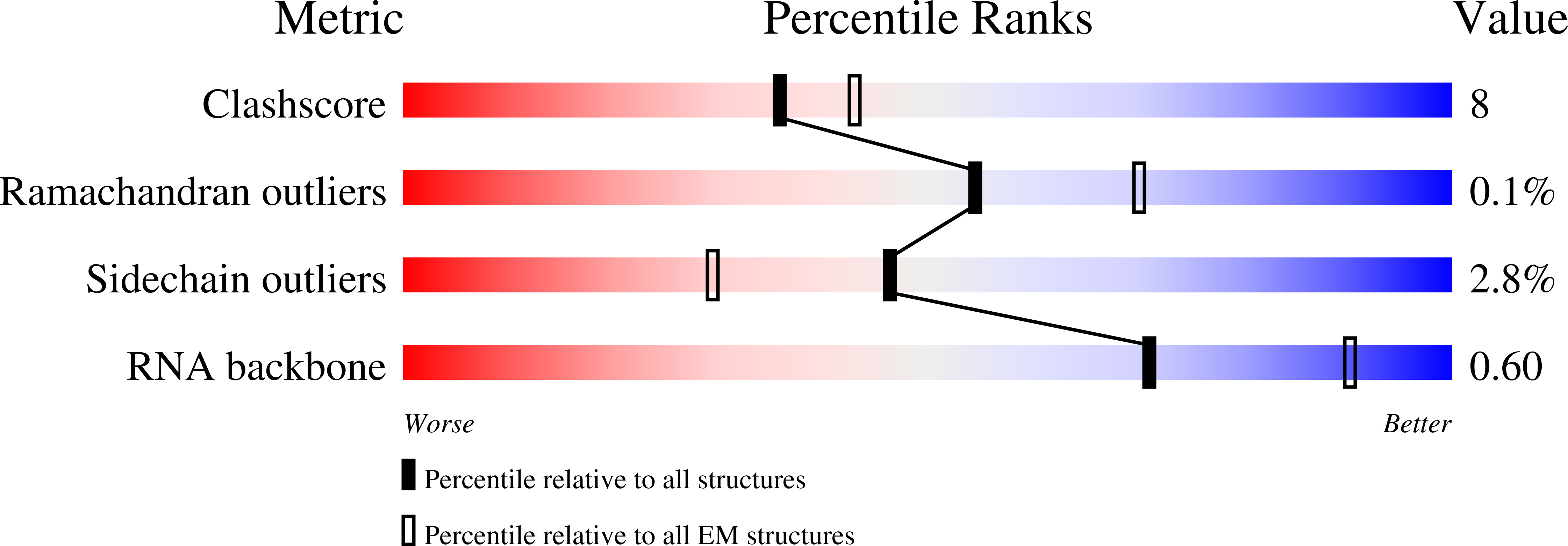
Deposition Date
2023-11-06
Release Date
2023-12-20
Last Version Date
2024-02-14
Entry Detail
PDB ID:
8UW3
Keywords:
Title:
Human LINE-1 retrotransposon ORF2 protein engaged with template RNA in elongation state
Biological Source:
Source Organism:
Homo sapiens (Taxon ID: 9606)
synthetic construct (Taxon ID: 32630)
synthetic construct (Taxon ID: 32630)
Host Organism:
Method Details:
Experimental Method:
Resolution:
3.20 Å
Aggregation State:
PARTICLE
Reconstruction Method:
SINGLE PARTICLE


